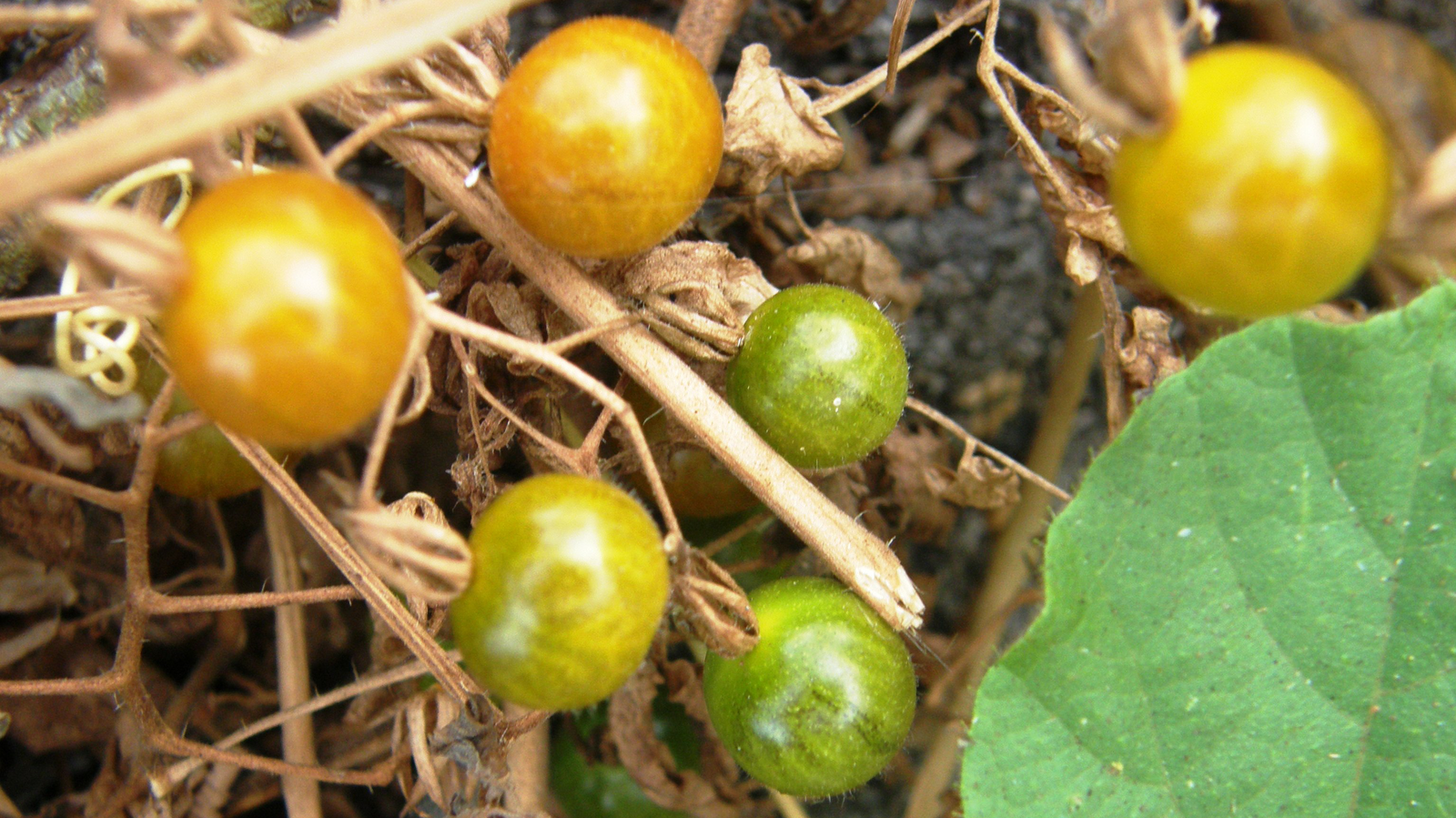
The Supposed “Dinosaur Extinction” Gave Us . . . Grapes?
This headline certainly made me look twice, “If dinosaurs hadn’t gone extinct, we may not have delicious grapes.” Now you might be wondering what possible connection there could be between dinosaurs and grapes—well, there’s a connection . . . if you apply the evolutionary worldview! Yes, another chapter in the evolutionary fairy tale.
Researchers in South America (Colombia, Panama, and Peru) uncovered fossilized grape seeds that were supposedly dated from 60 to 19 million years old. According to the evolutionary timeline, this makes them “the oldest grapes ever found in this part of the world” and places them after the K-T boundary (the layer supposedly marking the extinction of the dinosaurs). According to the study authors,
This discovery is important because it shows that after the extinction of the dinosaurs, grapes really started to spread across the world.
And:
Large animals, such as dinosaurs, are known to alter their surrounding ecosystems . . . We think that if there were large dinosaurs roaming through the forest, they were likely knocking down trees, effectively maintaining forests more open than they are today.
In the fossil record, we start to see more plants that use vines to climb up trees, like grapes, around this time.
The bird and mammal species that diversified in the years that followed may have also helped the grapes by spreading around their seeds.
All that from some fossilized grape seeds! Now that’s some creative storytelling. You see, the seeds themselves are the observational evidence in the present—the rest is all story, an interpretation of the evidence based on an evolutionary worldview and timeline.
You see, the seeds themselves are the observational evidence in the present—the rest is all story, an interpretation of the evidence based on an evolutionary worldview and timeline.
In a biblical worldview, we see the same grape seeds and come to a very different interpretation—the fossil grape seeds in South America and those found across the ocean all lived at the same time. You see, the rock layers don’t represent eons of time. Rather, they generally represent different ecosystems that were successively buried as the floodwaters during the global flood of Noah’s day rose to cover the continents.
And fossil grape seeds are a great reminder of the catastrophic nature of the flood. After all, seeds aren’t typically fossilized today! They’re either eaten, rot away, or sprout and grow. It takes unique conditions to bury seeds quickly and deeply. And those conditions were perfect during the global flood!
As we’ve said so many times before, it’s the same evidence but different interpretations because of two different starting points (man’s fallible word vs. God’s infallible account of history).
Get More Answers on Answers News
This item was discussed today on Answers News with cohosts Dr. Marisa Tillery, Bryan Osborne, and Patricia Engler. Answers News is our weekly news program filmed live before a studio audience here at the Creation Museum and broadcast on our Answers in Genesis YouTube channel and posted to Answers TV. We also covered the following topics:
- Australian dingo history revealed in DNA.
- Is infanticide really that different from abortion?
- Disabled Canadians pressured to end their own lives.
- And more!
Be sure to join us each Monday at 2 p.m. (ET) on YouTube or later that day on Answers TV for Answers News. You won’t want to miss this unique news program that gives science and culture news from a distinctly biblical and Christian perspective.
Thanks for stopping by and thanks for praying,
Ken
This item was written with the assistance of AiG’s research team.
Most Recent News
-
Dec. 18, 2025 from Ken Ham Blog
New data suggests IVF embryo deaths now exceed abortion totals, meaning abortion is no longer the leading cause of death in the US.
-
Dec. 15, 2025 from Ken Ham Blog
Are tomatoes “de-evolving” on the remote Galápagos islands?

Answers in Genesis is an apologetics ministry, dedicated to helping Christians defend their faith and proclaim the good news of Jesus Christ.
- Customer Service 800.778.3390
- Available Monday–Friday | 9 AM–5 PM ET
- © 2025 Answers in Genesis



